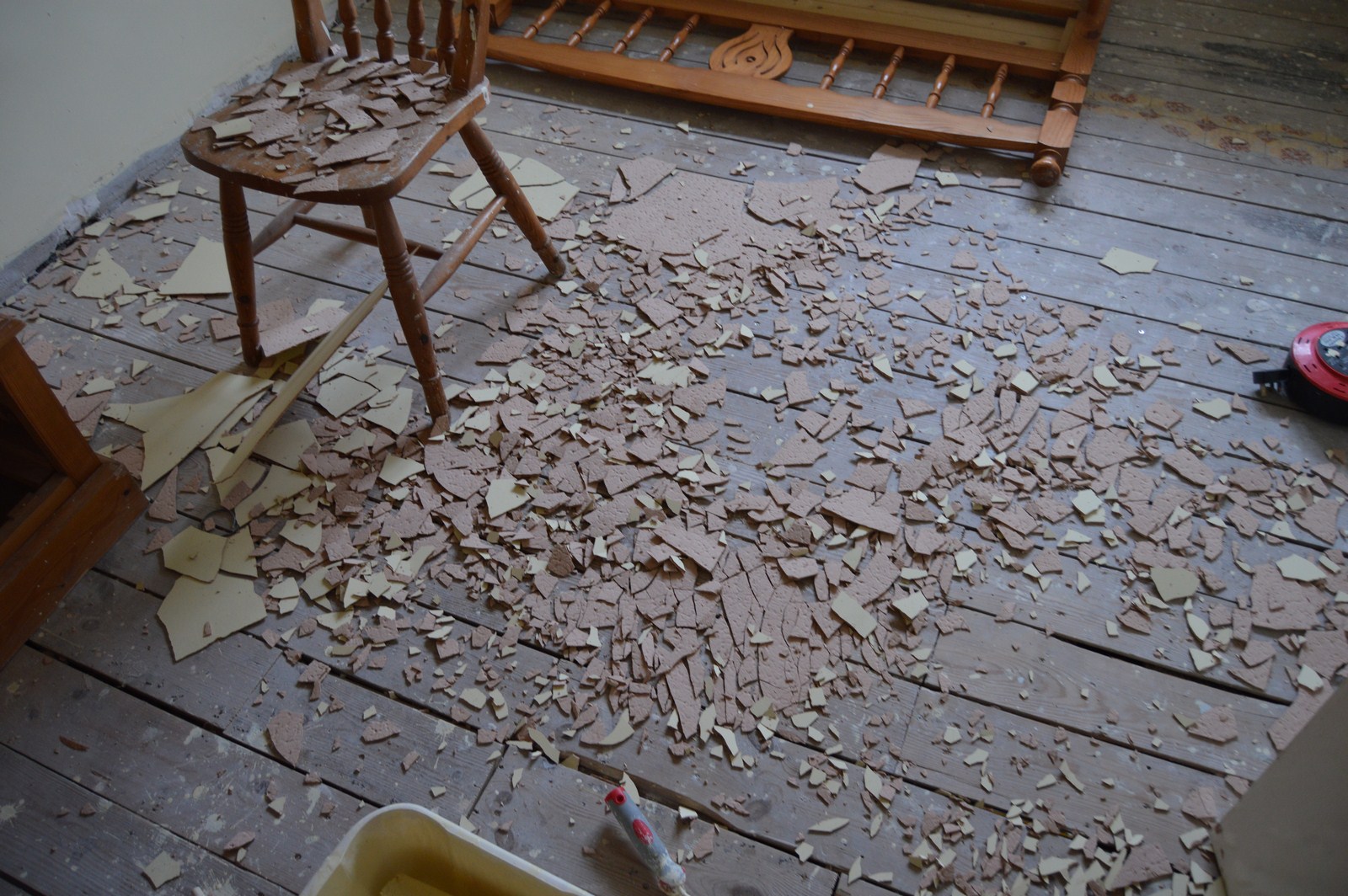MrDavidRoberts
Established Member
- Joined
- 23 Dec 2016
- Messages
- 388
- Reaction score
- 2
Well this is rather embarrassing but I messed up my plastering job pretty badly..
Had finished ceiling a few days ago, today was giving it a mistcoat with a roller while I suddenly hear some crackling sound ,than I started to see a crack in ceiling appearing and ran away just in time while all my work from few days ago came tumbling down 1sec later
reason- poor /non existing adhesion to the old glossy painted artex ceiling.
A day wasted, but at least it came down now before all the other works were finished.
I hadn't plastered over this kind of surface before and it seemed fine to me, but obviously not the case.
Can someone aware me on what is the correct procedure on preparing such ceiling before doing a plaster coat on it? Thinking about screwing down an extra new plasterboard and plastering over it.




Had finished ceiling a few days ago, today was giving it a mistcoat with a roller while I suddenly hear some crackling sound ,than I started to see a crack in ceiling appearing and ran away just in time while all my work from few days ago came tumbling down 1sec later
reason- poor /non existing adhesion to the old glossy painted artex ceiling.
A day wasted, but at least it came down now before all the other works were finished.
I hadn't plastered over this kind of surface before and it seemed fine to me, but obviously not the case.
Can someone aware me on what is the correct procedure on preparing such ceiling before doing a plaster coat on it? Thinking about screwing down an extra new plasterboard and plastering over it.



































